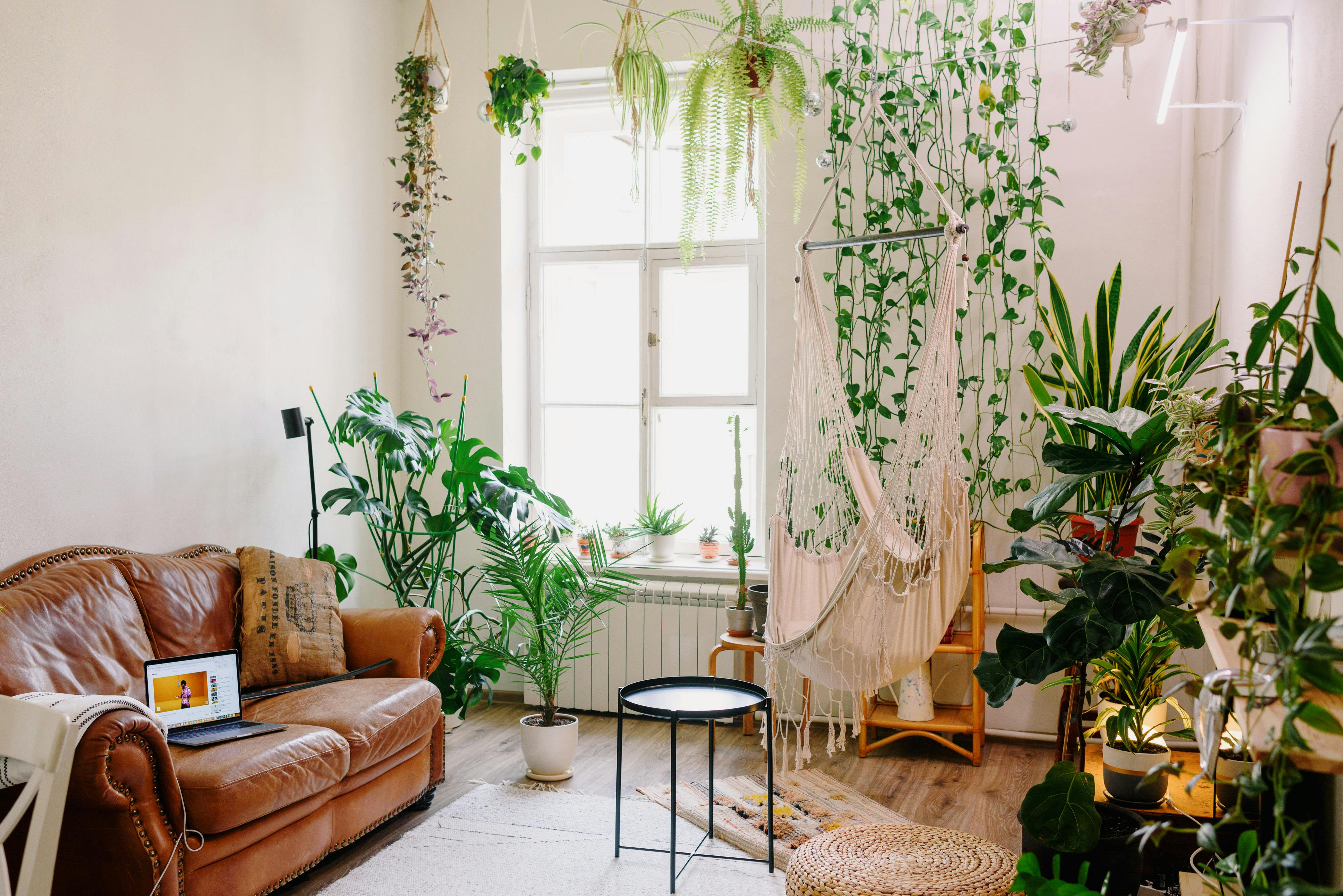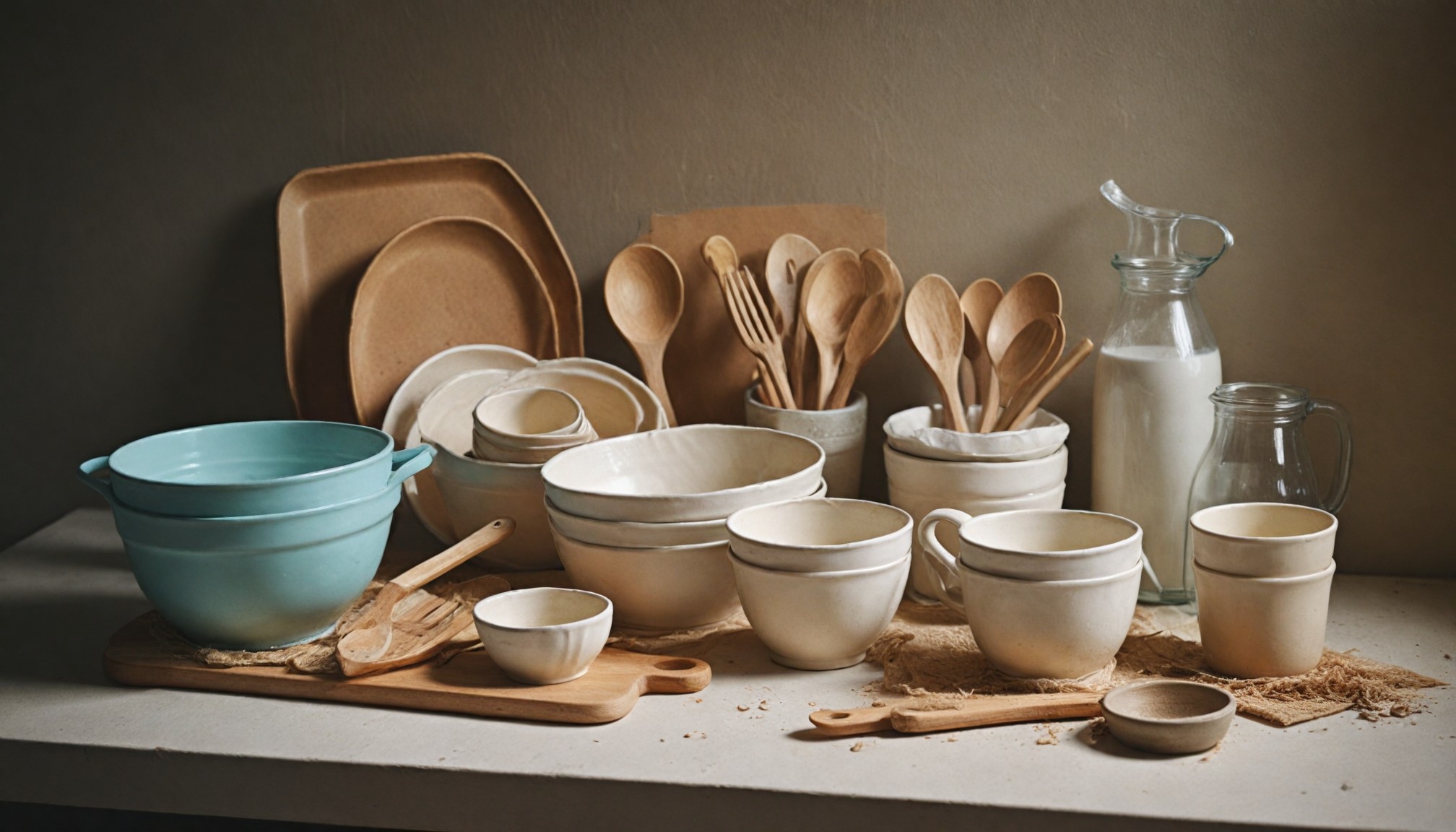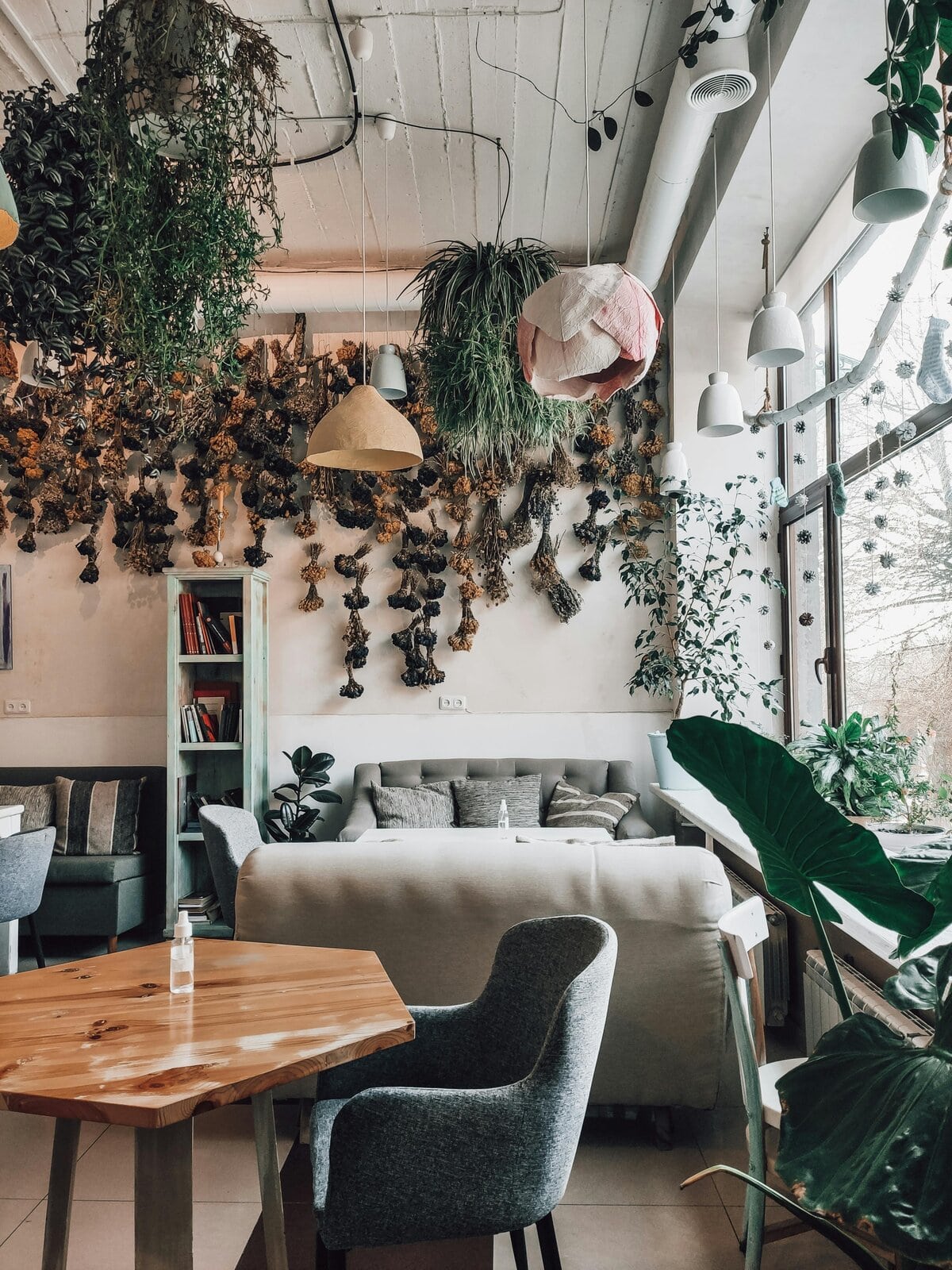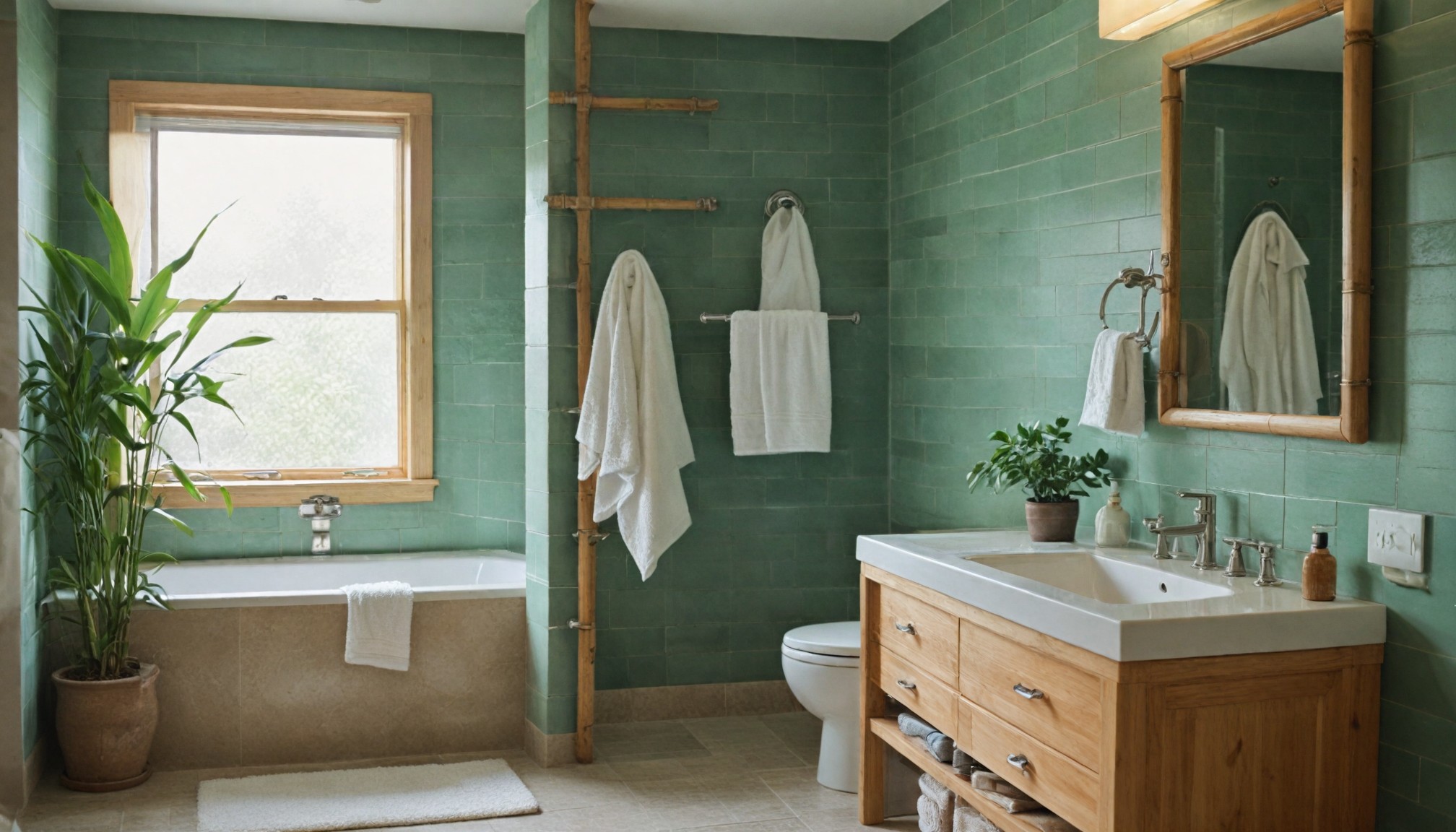
How to Water Houseplants Properly
One of the most common mistakes plant lovers make is improper watering. Because of this, houseplants often get sick or die. When buying a plant, always ask about its care requirements. If you're often away from home, work a lot, or travel frequently and have no one else to water your plants, it's best to choose low-maintenance varieties.
Watering Requirements
- Excessive watering: The soil should be very wet. Only a few plants need this much water.
- Abundant watering: Keep the soil moist, but without waterlogging. Water gradually as the soil dries. Most decorative plants fall into this category.
- Moderate watering: Let the top couple of centimeters of soil dry before watering again. This applies to most foliage plants.
- Seasonal adjustment: Typically, plants require more water from spring to fall and less in winter. During the dormant period (late fall to mid-spring), let the soil dry more between waterings.
- Rare watering: Keep the soil mostly dry and water only during active growth. Let the soil dry completely before watering again. Some plants, like cacti, barely need any water in winter.
Important Watering Rules
- Every plant needs good drainage so roots aren’t constantly sitting in water.
- In warm weather, water in the evening; in cold weather, water in the morning.
- Don’t use tap water directly—lime in the water can harm plants. Use well-settled or filtered water instead.
- Always check the soil before watering to ensure the plant really needs it.
- For plants whose leaves are sensitive to water, like some flowering species, water from the bottom tray.
- If leaves tolerate moisture well, mist the plants occasionally. This helps keep them clean and humidified.
- Never spray plants in direct sunlight—water droplets can cause leaf burn by focusing sunlight like a magnifying glass.
- If water runs straight through the pot without soaking the soil, the soil may be too dry. In that case, immerse the pot in water up to the soil level.
- Loosen any crust on the soil surface if water doesn't absorb. Then immerse the pot to moisten the soil properly.
- The warmer and brighter it is, the more often your plant may need watering.
- Plants in ceramic pots usually need watering more often than those in plastic ones.
Common Watering Mistakes
Both under- and over-watering affect how a plant looks.
- Under-watering: Leaves are wilted and droopy, growth is slow, the edges of lower leaves turn brown and dry, and flowers fade quickly.
- Over-watering: Leaves may rot and fall off, lower leaves turn yellow with brown tips, mold can appear on flowers, and roots become mushy.
How to Water Plants While You're Away
Going on vacation and worried about your plants drying out? Here are a few tips:
- Use wool threads or ribbons as wicks. Insert one end into the soil and the other into a water container placed above the pot level.
- Create a mini greenhouse: place pebbles in a large transparent bag, set the pot on top, water it thoroughly, and seal the bag.
- Place plants in a plastic tub lined with wet newspapers or towels. You can also lay damp paper between the pots or add a bit of water at the bottom (not suitable for all plants).
- Insert a plastic bottle upside-down into the soil. Make small holes in the cap and bottom of the bottle and fill it with water. It will release moisture slowly into the soil.
Recent articles from Eco Friendly

Sustainable Living with Compostable Kitchenware
Introduction: As we seek more sustainable living practices, compostable kitchenware presents an eco-friendly alternative to conventional plastic and disposable products. By inte...

Sustainable and Eco-Friendly Design: How to Create an Eco-Conscious Home
In today’s world, sustainability is more than just a buzzword; it’s a lifestyle. As more people prioritize eco-friendly living, interior design is shifting toward sustainable practices, material...

Transform Your Bathroom with Eco-Friendly Bamboo Towel Bars
Introduction: Bamboo towel bars are an eco-friendly and stylish addition to any bathroom renovation. Bamboo, a rapidly renewable resource, offers both durability and aesthetic a...